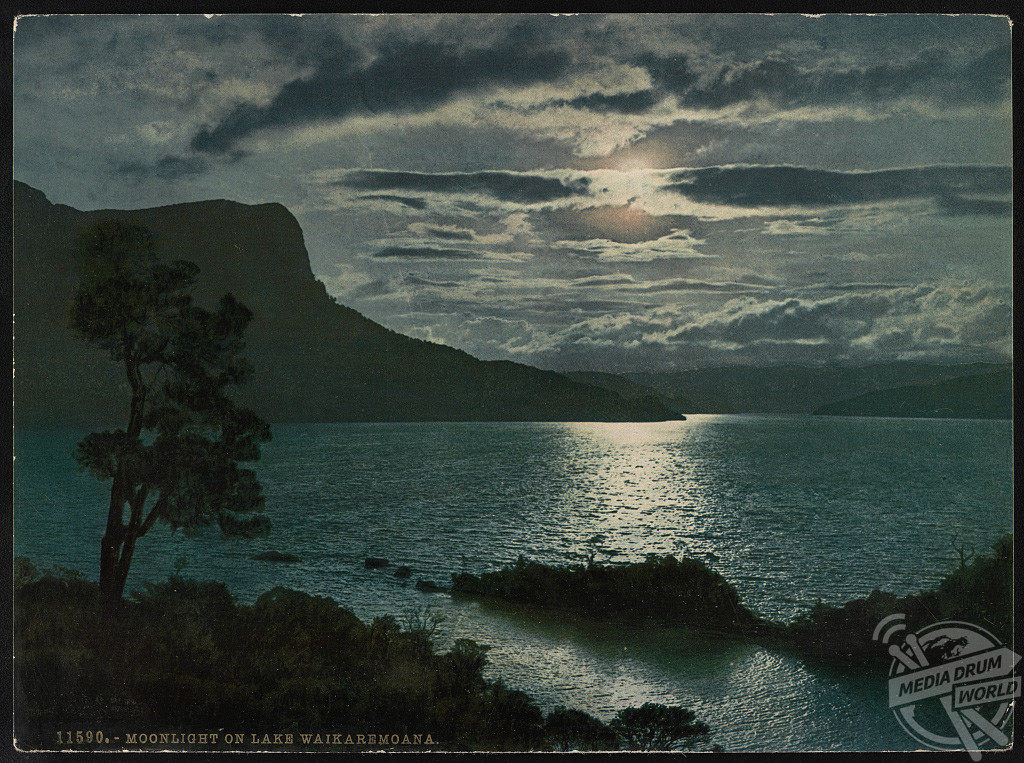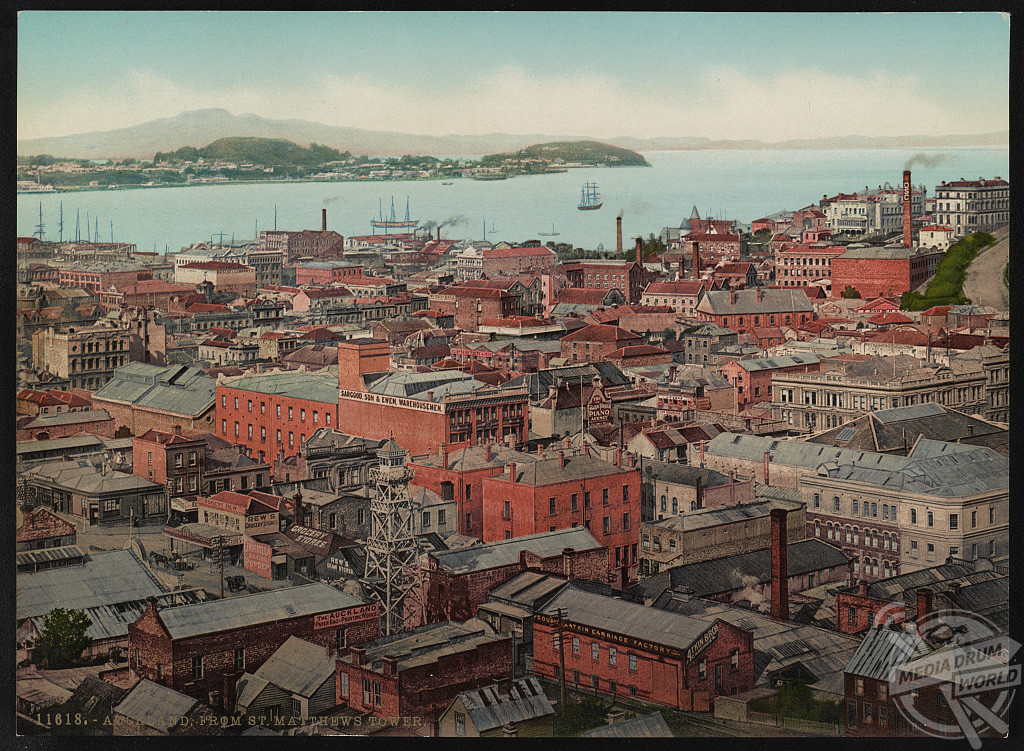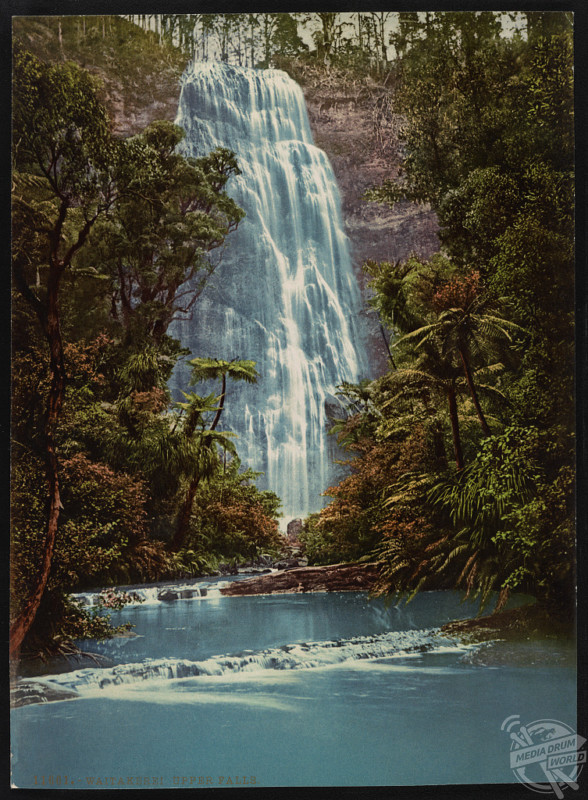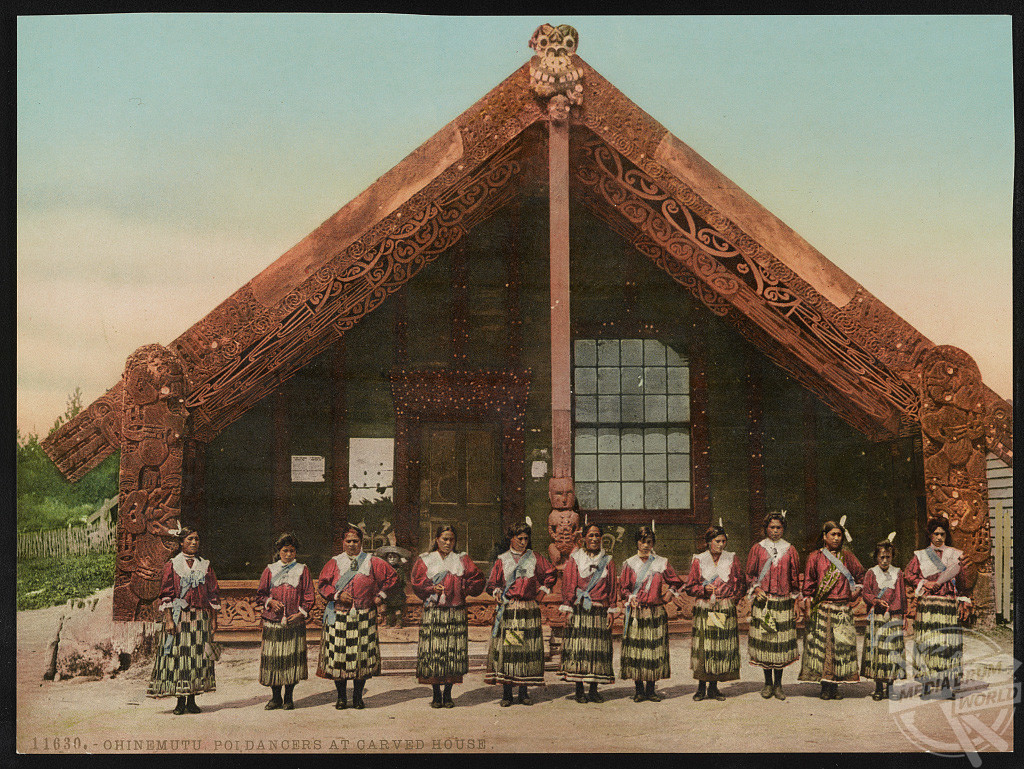By Alex Jones
STUNNING century-old pictures prove New Zealand’s majestic landscape has always captivated visitors and locals alike.
Frequently voted as one of the most beautiful countries in the world and renowned as the setting for Peter Jackson’s epic Lord of the Rings and The Hobbit trilogies, New Zealand’s stunning scenery cannot be questioned.

But remarkable colour photochroms from the turn of the 19th Century show why the heavenly country has been a mecca for tourists the world over, including a romantic moonlit view of Lake Waikaremoana; the jagged peak of Mt. Balloon on Milford Track, New Zealand’s most famous mountain trek; and tourists gathering around a natural hot spring at Lake Rotorua, an area of particularly high geothermal activity.

There are also colour images of an indigenous Maori tribe standing before a carved house and a portrait of a teenage girl.
The striking images were reproduced from black and white negatives using the early photochrome technique pioneered in the 1880s by the Swiss chemist Hans Jakob Schmid.

In an era before colour photography was widely available, they shed new light on global destinations circa 1900.
Photochrome was a complex system where a photographer would take detailed notes of the colours present when the picture was being taken. Black and white negatives were then hand coloured using limestone printing stones as colours required in the final image.
Thinking of travelling to these majestic locations? According to NZ Motorhome Rental, renting a motorhome is a common activity for locals and an increasingly popular alternative to renting cars for tourists.







